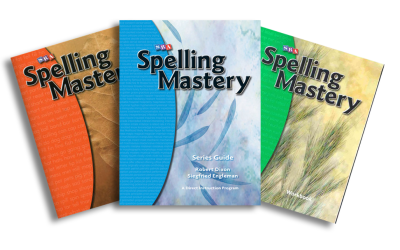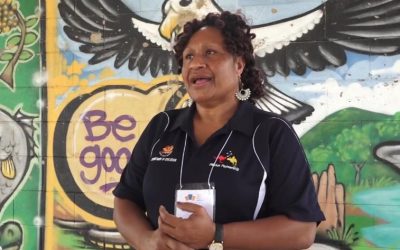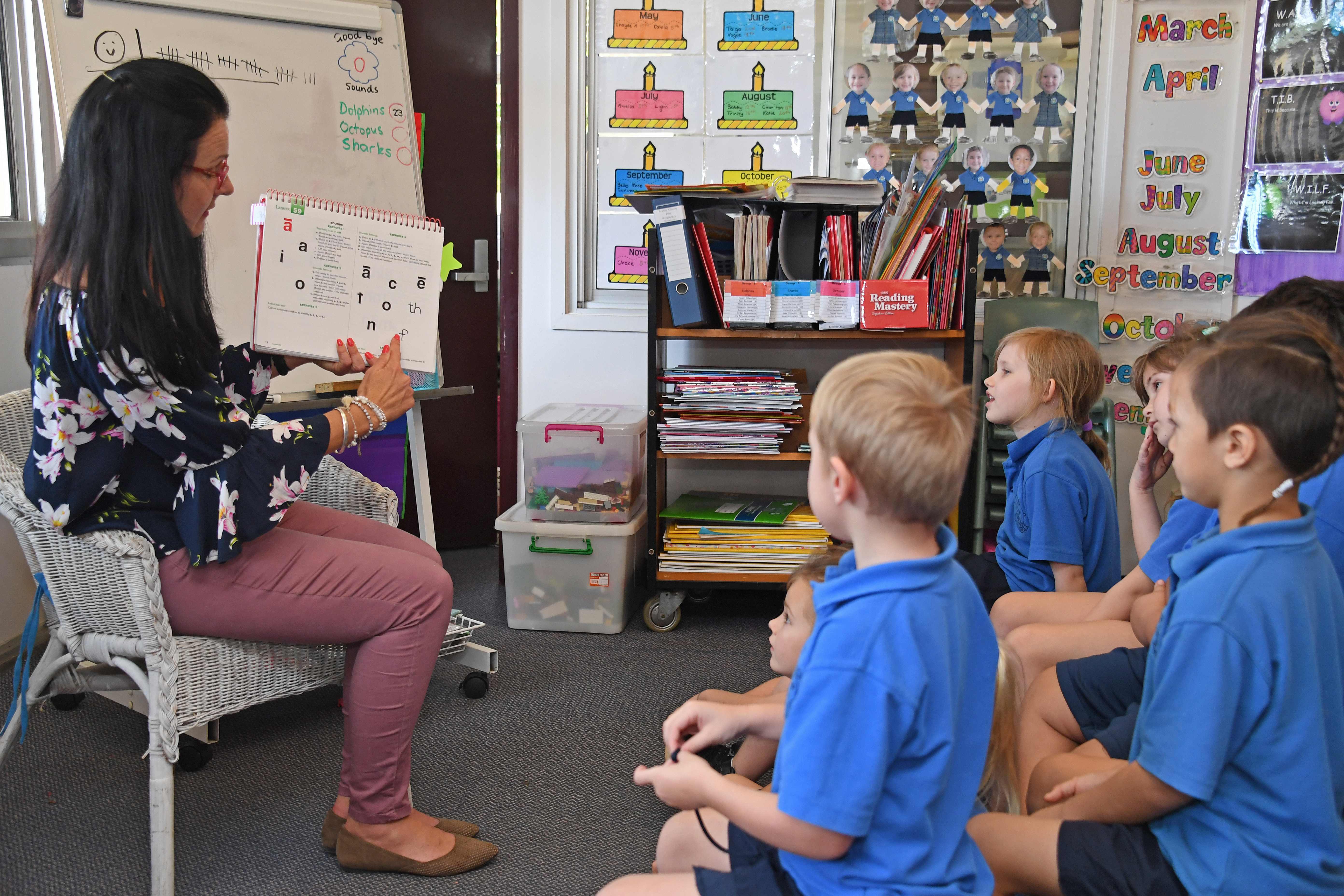In an educational landscape that prioritises diversity and inclusivity, Direct Instruction (DI) is a key tool for teaching students in a special education environment. Its structured methodology provides a robust foundation for educators striving to accommodate students across a spectrum of cognitive abilities and with a variety of needs.
This article is specifically designed for Australian special education professionals and offers a comprehensive examination of DI, presenting insights on how to utilise this method to deliver a genuinely personalised learning experience for students with special needs.
Understanding Direct Instruction in special education
Direct Instruction is a teaching program whose roots can be traced back to the 1960s. It was chiefly developed in the midst of an ongoing intellectual debate that dominated educational theory and practice between constructivism and instructivism, which advocated for a learner-centred and teacher-centred approach, respectively.
While the former is anchored in independent discovery and problem-solving, the latter requires the active participation of the teacher and utilises meticulously structured lessons populated with clear objectives to guide and optimize the learning process. Direct Instruction emerged from the latter, instructivist orientation.
In the context of teaching in special education, DI encompasses a range of strategies that aim for explicit, sequential, and structured teaching so that students can easily understand what is required of them at every turn. For students with special needs, DI can offer clear boundaries and reduced complexity, catering to individual learning styles and ensuring that no student is left behind due to the pacing or style of the lesson.
This section reviews the key tenets of DI, explains its benefits for special education and explores how it can be tailored to various learning disabilities.
The Direct Instruction methodology
At its core, Direct Instruction (or DI) is about breaking down complex skills and tasks into smaller, more manageable learning pieces. These individual pieces are lessons which are taught explicitly and directly, and which focus on teaching a rule and then several examples that demonstrate the rule until mastery is achieved.
The effectiveness of DI is contained within its ‘scaffold learning’ approach, where teachers introduce a new concept in a way which builds on the mastery of the previous one. This way, students can develop a solid understanding of each concept before moving on to more complex tasks which benefit from the context of the previous ones.
Mapping Direct Instruction to the Australian curriculum
Good to Great Schools Australia (GGSA) has undertaken extensive mapping of DI, including in core subjects such as English and Maths, to ensure that the content aligns with the Australian curriculum’s key learning areas and general capabilities. Where there are gaps, GGSA has developed a suite of lessons in the same pedagogical style to fill those gaps and complete the curriculum.
GGSA has also developed a series of ‘top-up’ and ‘swap-out’ resources and lessons, which can be useful where a different set of measurement and monetary values are used in Maths, for example, guaranteeing that your students’ lessons are adjusted to their cultural context.
Accommodations and tailored instruction
Each student has a unique set of abilities and challenges. Special educators in particular must understand the individual profile of a student to teach them effectively. In special education, DI provides the flexibility to adjust the pacing, delivery, and level of instruction to suit diverse learning needs.
For instance, in a classroom setting, DI might involve the teacher assigning advanced reading materials to students who are ahead while accommodating students who need extra help by providing instructional supports like audiobooks or guided reading sessions.
This way, every student receives instruction tailored to their specific learning pace and style so that their education is comprehensive whilst also being realistic and achievable.
Benefits of Direct Instruction in special education
Special Education educators in Australia are well-versed in the wide range of disabilities they encounter. The structured nature of DI is particularly applicable in the context of teaching special education.
Students with dyslexia, for example, benefit from the systematic, phonics-based approach that DI employs, enhancing their reading skills through repetition and incremental learning. For learners affected by ADHD, meanwhile, the practical nature of DI sessions, coupled with immediate positive reinforcement, maintains their attention and rewards their efforts respectively.
DI’s superior ability to cater to diverse special needs while promoting a sense of achievement and progress makes it a powerful tool in the special education toolkit.
Implementing Direct Instruction through Individualised Plans
GGSA has developed a special education framework to support teachers delivering DI to be able to address their students’ special needs known as Identify, Adjust, Teach, and Review (or IATR).
The framework is made up of four parts:
- Identify the student’s learning needs
- Adjust the learning environment and instructional strategies
- Teach the curriculum tailored to the student’s needs
- Review and monitor the student’s progress.
The IATR approach aims to provide targeted support and individualised instruction to students with disabilities, enabling them to have equal opportunities for success in the general curriculum.
Identify
The ‘Identify’ phase involves assessing the student’s learning needs, typically during their kindergarten years or upon enrolment into a new school. Diagnostic tests are carried out by a team of specialists, including doctors, speech therapists, and psychologists, to identify potential disabilities and determine the necessary supports.
The results from these assessments will form the foundation of the student’s Individualised Plan (IP), which is reinforced with specific goals, strategies, and resources necessary to support the student’s educational progress all while being in alignment with the student’s individual strengths and challenges.
Adjust
The ‘Adjust’ phase allows for modifications and accommodations to be made to the learning material and the mode of delivery of teaching in a special education context respectively. This ensures that the general curriculum can be accessed effectively by students with special educational needs by granting additional processing time and modifying tasks or assessments for these students, as well as applying instructional strategies that facilitate skill remediation and reteaching.
It is during this stage that specific learning objectives are formulated into an IP for each student, focusing on their areas of need. These goals target critical areas like phonemic awareness, vocabulary, reading fluency, phonics, comprehension, word reading, math skills, and problem-solving.
Teach
The ‘Teach’ phase involves executing the IP, with teachers delivering instruction and ensuring that the necessary adjustments to instruction are seamlessly incorporated. Through this personalised approach, students receive the requisite support and are enabled to fulfil their learning potential. Teachers also monitor students’ progress, assess them, and update their IP as required.
Review
Lastly, the ‘Review’ step underscores the importance of regularly monitoring student progress. The student support team conducts periodic reviews of a student’s data against their IP to evaluate its efficacy and determine whether further adjustments or assessments are required. The data offers educators valuable insights into where progress is being made and where it is lacking, applying changes where necessary to ensure that students are learning optimally and meeting their objectives.
The IATR approach that underpins special education in Australia underscores the emphasis on providing individualised support to students with disabilities and guaranteeing equal access to education and opportunities for academic progress.
Conclusion
DI is a useful and incredibly flexible program that can be applied across all of education, but which can specifically aid teachers of students who are identified as having special educational needs. It goes beyond just meeting the curriculum requirements, with its clear and explicit teaching style offering a real advantage in special education settings, where instruction needs to be tailored to individual needs.
The Identify, Adjust, Teach, and Review (IATR) strategy complements DI perfectly by providing a framework for educators to pinpoint each student’s needs, adapt lessons accordingly, and ensure consistent progress through reviews at regular intervals. This approach not only supports the unique learning journeys of students with disabilities but also enhances their overall educational experience.
GGSA offers special education resources which support schools using Direct Instruction programs to assist students with special needs, including Delivering Special Education with Direct Instruction, an implementation guide to support schools, and Supporting Your Child’s Learning Needs, an additional guide to support families. Sign up for free to get access to these resources.



